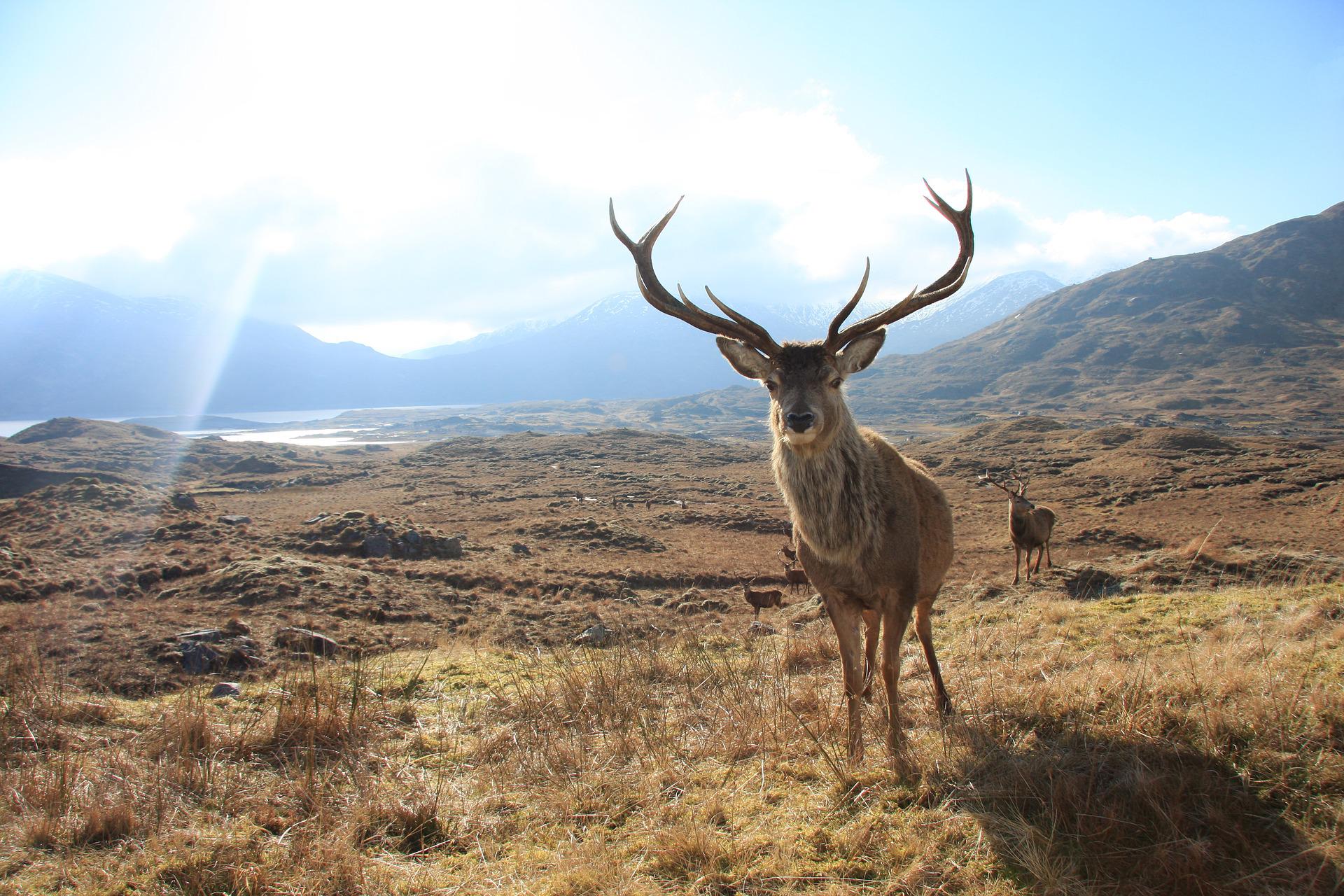Duane has fled the country! Don’t worry. He’s not running from the law…or joining a witness protection program. He’s on assignment in Croatia attending the 10th International Deer Biology Congress (IDBC), being held in Osijek (pronounced “Os e eck”).
Which means the Deer-Forest blog has an official foreign correspondent! We here at the National Cervid News Desk have recognized the impact and importance of deer for many years. And we are happy to bring you research findings from across the globe on this universal species.
The IDBC brings together researchers from all over the world (hence international). Beginning in the 1980s, it meets every 3 years. This year’s meeting of about 100 people has representation from nearly 40 countries.
The keynote presentation was about antlers (Jeannine’s favorite subject) as bioindicators. Because antlers are the fastest growing tissue known, they can accumulate “bone-seeking” elements which can provide insights into environmental pollution: Lead (Pb) and strontium (Sr) can replace calcium (Ca); and hydroxy ions (OH–) can be replaced by fluorine (F).

Since the 1950s, it has been known that Sr in antlers mirrored the release of radioactive isotopes related to nuclear weapon tests. In the keynote, Dr. Uwe Kierdorf showed 35-year trends in Pb in antlers and how it has declined with the banning of lead in gasoline. Besides nuclear weapons, Strontium is also present in fly-ash from burning coal. It has also declined over 40-50 years.
It turns out that F is a by-product of smelting of iron and aluminum. Trends in environmental pollution regulations have greatly reduced F in the environment. The excessive F that some deer ingested resulted in tooth and antler deformations.
Fascinating research illustrating that changes in our behavior have direct and measurable effects on other species.
How did he conduct all this research? By obtaining samples from antlers of harvested deer at known dates and locations by hunters. An example of Citizen Science and partnership between researchers and hunters.
Duane Diefenbach, Chief Foreign Cervid Correspondent
Jeannine Fleegle, National Cervid News Desk Anchor
